Aloe vera, known for its healing properties and low-maintenance nature, is a popular choice for indoor gardening. Whether you're a seasoned plant enthusiast or a beginner, growing aloe vera indoors can be both rewarding and straightforward. This guide will provide you with essential tips and tricks to ensure your aloe vera plant thrives indoors.
Why Grow Aloe Vera Indoors?

Health Benefits
Aloe vera is renowned for its health benefits. Its gel can be used to treat minor burns, cuts, and skin irritations. Additionally, it’s a popular ingredient in beauty products and home remedies.
Air Purification
Like many indoor plants, aloe vera helps purify the air, removing toxins and improving indoor air quality. This makes it a great addition to any home environment.
Aesthetic Appeal
Aloe vera's distinctive, succulent leaves add a touch of greenery and elegance to your indoor space. Its unique appearance makes it a perfect decorative plant.
Also Read- Aloe Vera And Hair Care: Boosting Your Hair Health Naturally
Choosing the Right Pot and Soil

Pot Selection
Aloe vera plants need a pot with good drainage. Terra cotta pots are ideal because they allow for better airflow and prevent water from sitting at the bottom. Ensure your pot has drainage holes to avoid root rot.
Soil Requirements
Aloe vera thrives in well-draining soil. Use a cactus or succulent potting mix, which is specifically designed to provide excellent drainage. If you prefer, you can make your own mix by combining regular potting soil with sand or perlite.
Also Read- Aloe Vera In Skincare: Natural Remedies For Glowing Skin
Planting Your Aloe Vera

Step-by-Step Guide
- Prepare the Pot: Fill your pot with the succulent mix, leaving some space at the top.
- Position the Plant: Place the aloe vera plant in the center of the pot. The root ball should be slightly below the rim of the pot.
- Fill and Firm: Fill in around the plant with more soil mix, and gently press it down to remove air pockets. Ensure the plant is stable.
- Water Lightly: Give the plant a light watering to settle the soil, but don’t overwater.
Also Read- Aloe Vera And Weight Loss: Fact Or Fiction
Light and Temperature

Light Requirements
Aloe vera requires bright, indirect light. Place your plant near a south or west-facing window where it can get plenty of sunlight. Avoid direct sun exposure, which can scorch the leaves.
Temperature
Aloe vera prefers temperatures between 55°F and 80°F (13°C and 27°C). It’s essential to keep your plant away from cold drafts and ensure it doesn’t get too close to heating sources.
Also Read- Aloe Vera Gel: How To Extract And Store It Properly
Watering Your Aloe Vera

Frequency
Aloe vera plants are succulents, meaning they store water in their leaves. They do not need frequent watering. Water your plant every three weeks, or even less frequently during winter. Allow the soil to dry out completely between waterings.
Method
When watering, soak the soil thoroughly until water drains out of the bottom of the pot. Ensure you discard any excess water in the saucer to prevent root rot.
Fertilizing Aloe Vera
When and How
Aloe vera plants don’t require a lot of feeding. Fertilize your plant once in the spring and once in the summer using a balanced, water-soluble fertilizer diluted to half strength. Avoid over-fertilizing, as this can harm the plant.
Pruning and Maintenance
Removing Dead Leaves
Regularly check your aloe vera plant for dead or damaged leaves. Use clean, sharp scissors to remove these leaves at the base. This helps keep the plant healthy and encourages new growth.
Pest Control
Indoor aloe vera plants are relatively pest-free, but they can occasionally attract pests like aphids or mealybugs. If you notice any pests, treat them with a gentle insecticidal soap or neem oil.
Propagating Aloe Vera

Offshoots
Aloe vera produces offshoots, or "pups," which can be used to propagate new plants. Here’s how to do it:
- Identify the Pups: Look for small offshoots growing at the base of the parent plant.
- Separate the Pups: Gently remove the plant from its pot and carefully separate the pups from the parent plant, ensuring each pup has its own root system.
- Pot the Pups: Plant the pups in their own pots with succulent soil mix and water lightly.
Also Read- Common Problems With Snake Plants And How To Fix Them
Common Problems and Solutions
Overwatering
Overwatering is the most common issue with indoor aloe vera plants. Symptoms include yellowing leaves and mushy stems. If you suspect overwatering, reduce the frequency and ensure your pot has proper drainage.
Insufficient Light
If your aloe vera plant is not getting enough light, it may become leggy and pale. Move it to a brighter location, but avoid direct sunlight.
Root Rot
Root rot is caused by waterlogged soil. To prevent this, always use well-draining soil and allow it to dry out between waterings. If you notice root rot, you may need to repot the plant, removing any affected roots.
Seasonal Care
Winter Care
During the winter months, aloe vera plants require less water and no fertilizer. Ensure they are kept in a cool, bright location away from cold drafts.
Summer Care
In the summer, you may need to water your aloe vera more frequently due to higher temperatures. Ensure the plant is not exposed to direct, harsh sunlight.
Also Read- Snake Plants In Office Spaces: Enhancing Productivity And Wellbeing
Conclusion
Growing aloe vera indoors is a rewarding experience that requires minimal effort. By choosing the right pot and soil, providing adequate light and water, and performing regular maintenance, you can ensure your aloe vera plant thrives. Whether you're using it for its health benefits, air-purifying properties, or simply for its beauty, aloe vera is a versatile and resilient plant that will bring joy to any indoor space. Follow these tips and tricks to keep your aloe vera healthy and vibrant all year round.


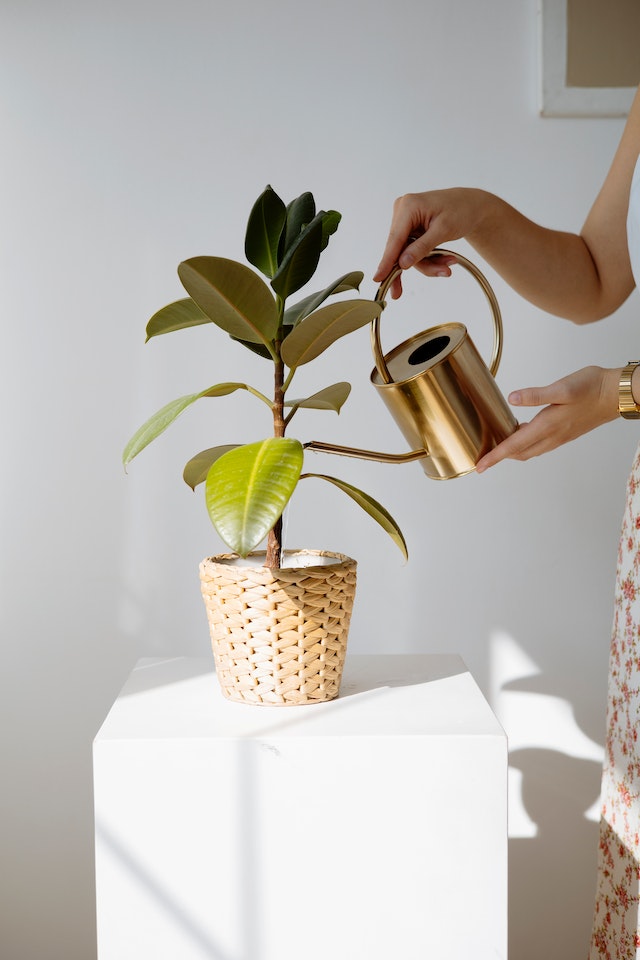
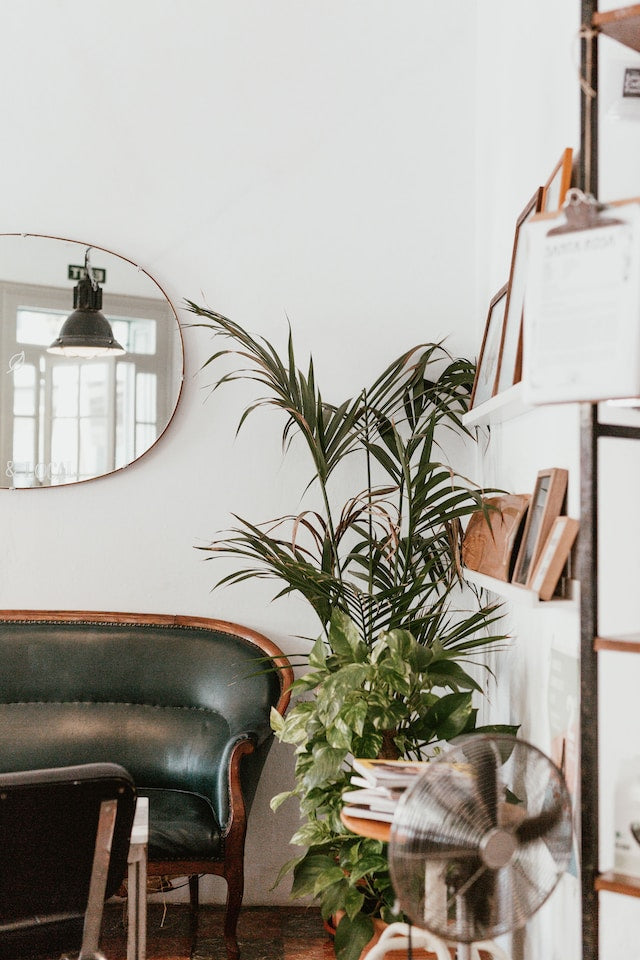
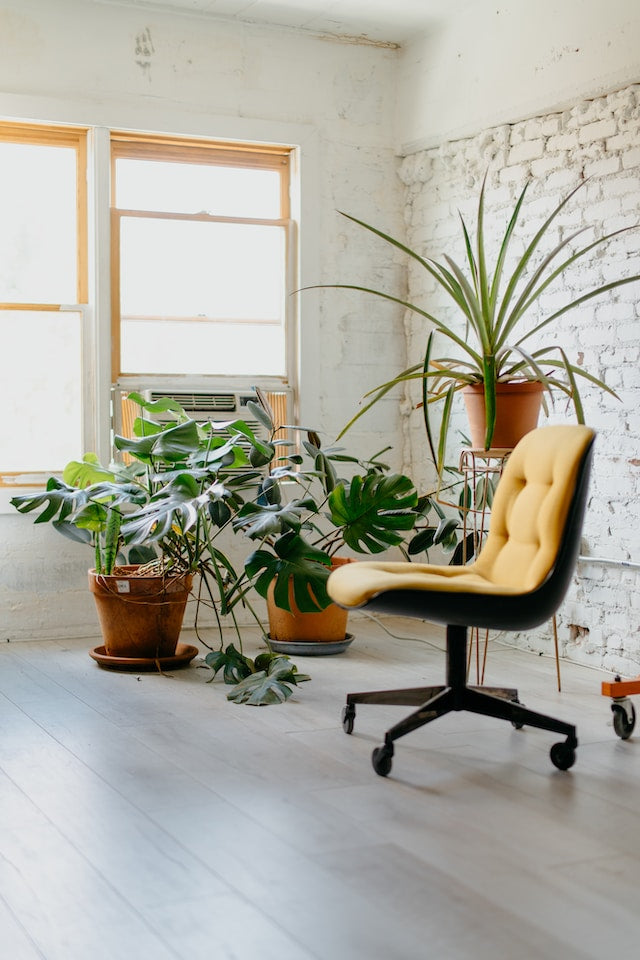
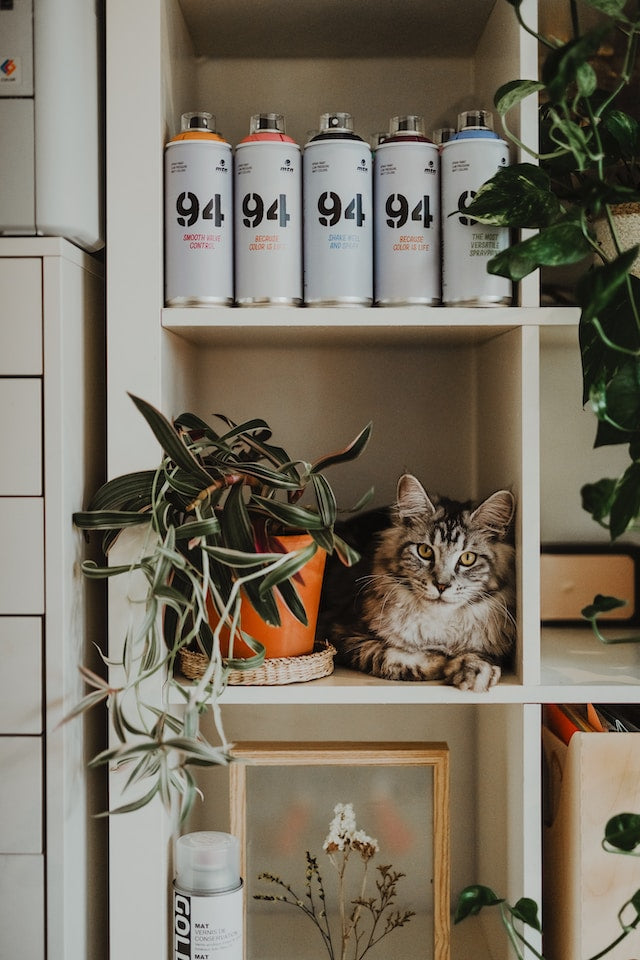
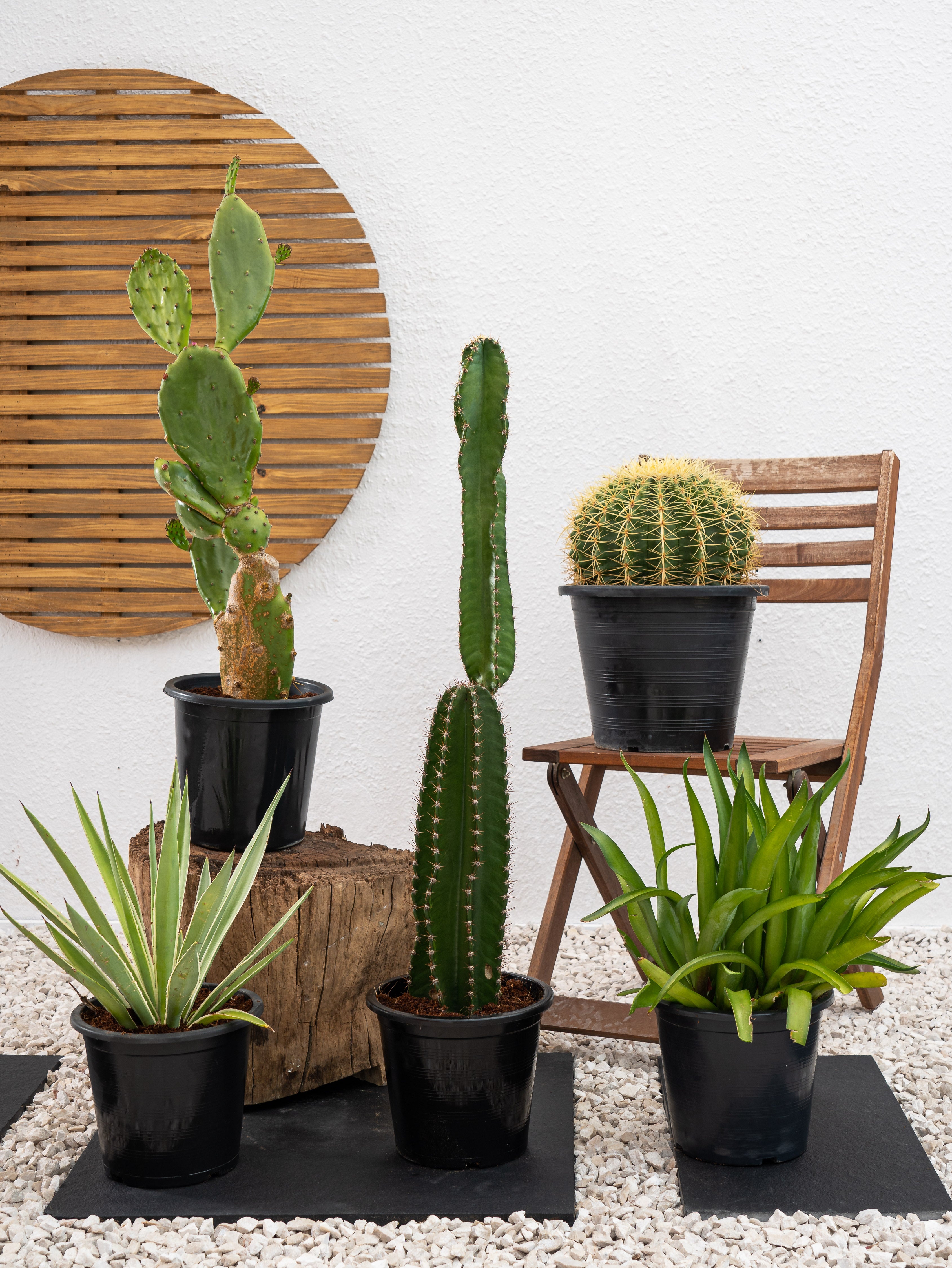
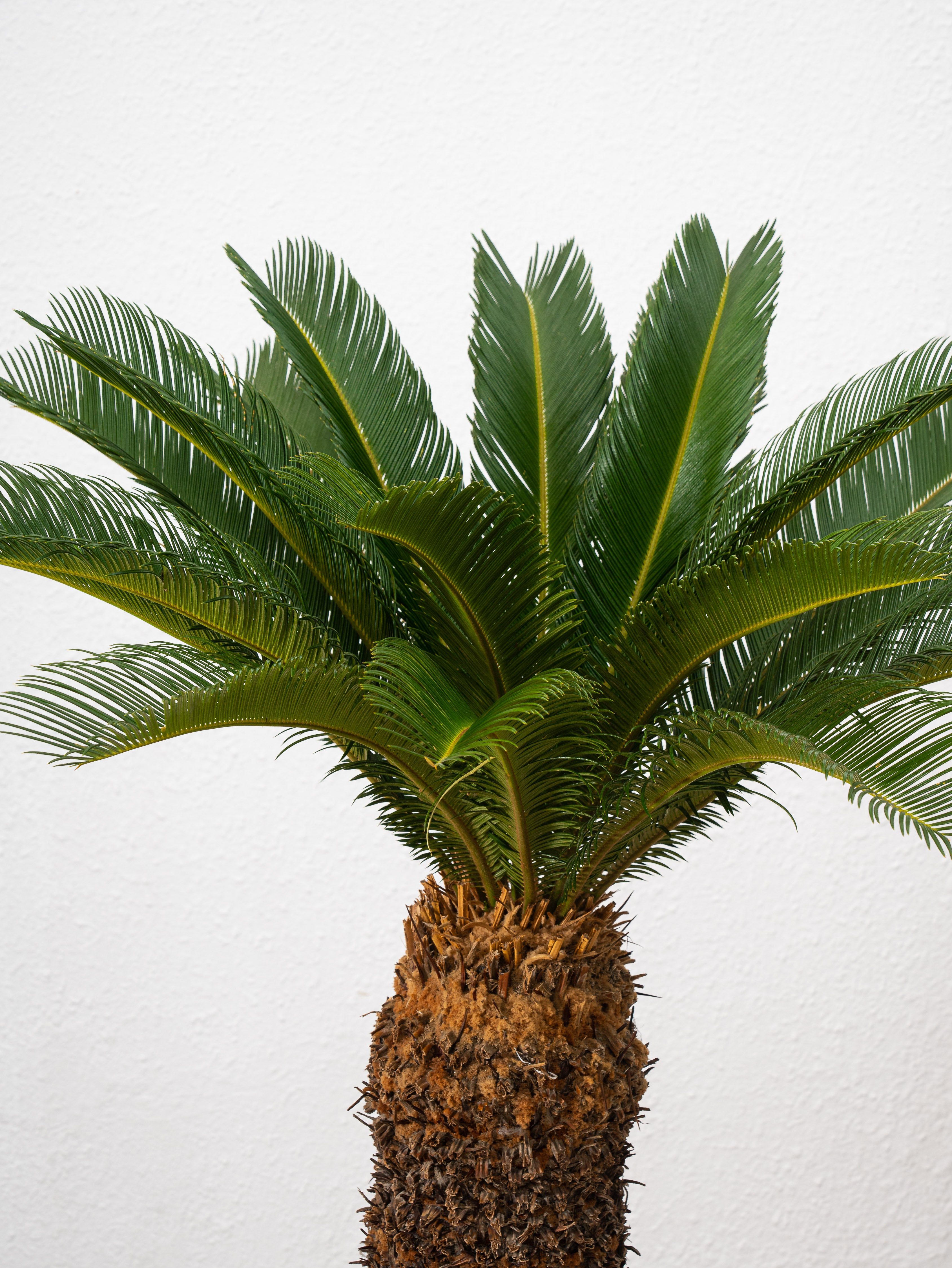
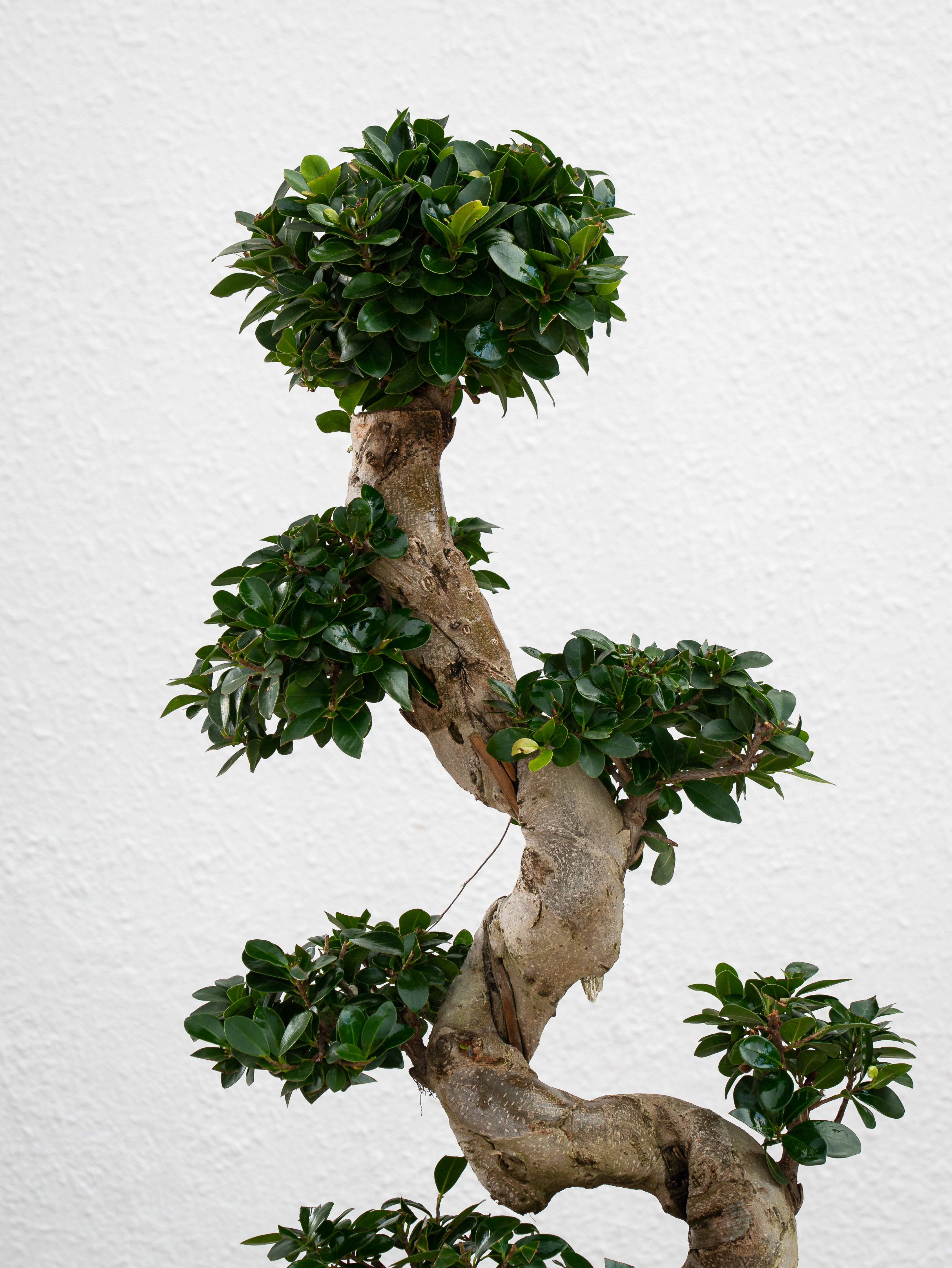
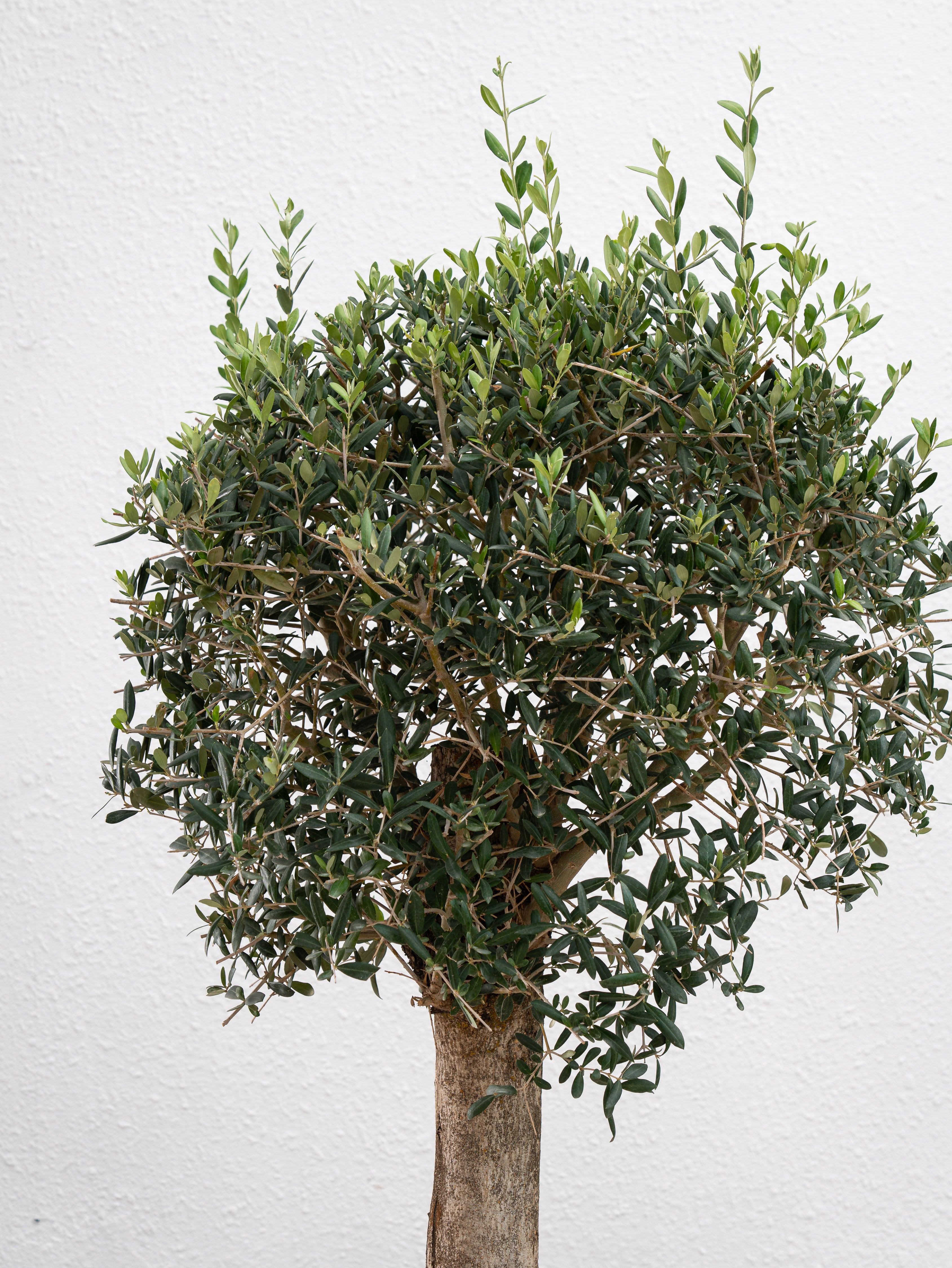

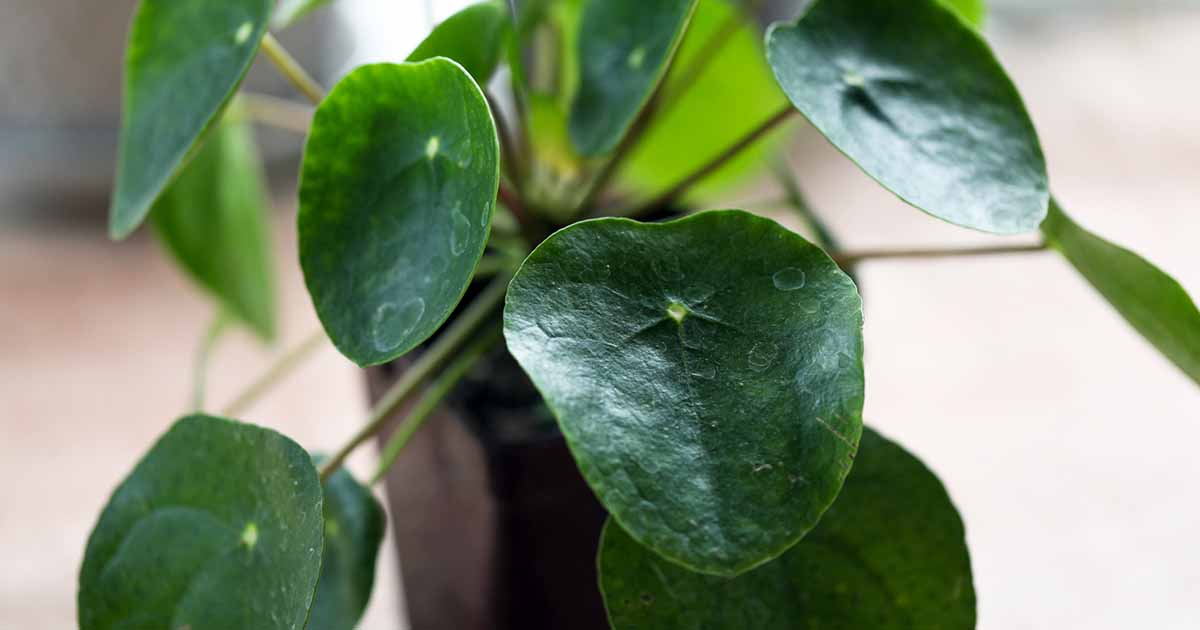
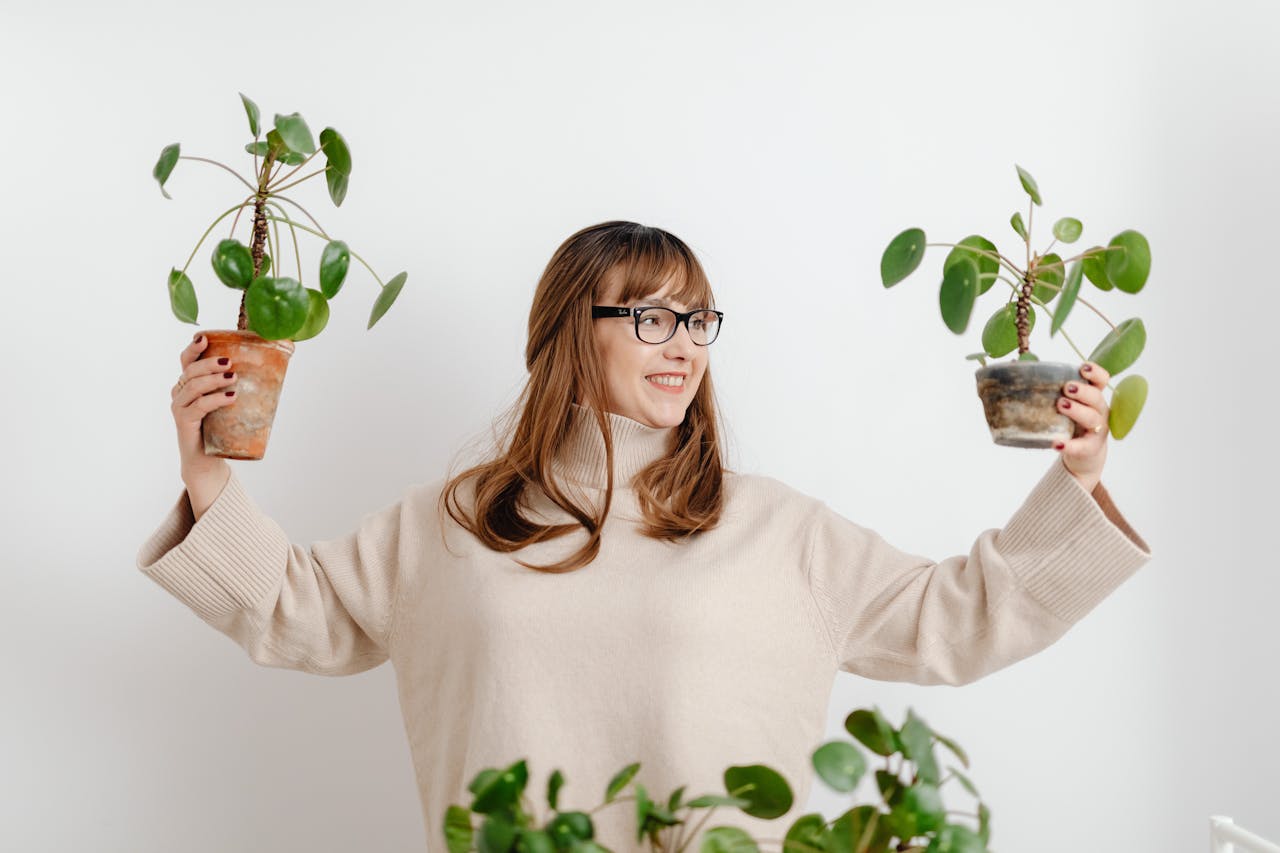
Leave a comment
This site is protected by hCaptcha and the hCaptcha Privacy Policy and Terms of Service apply.